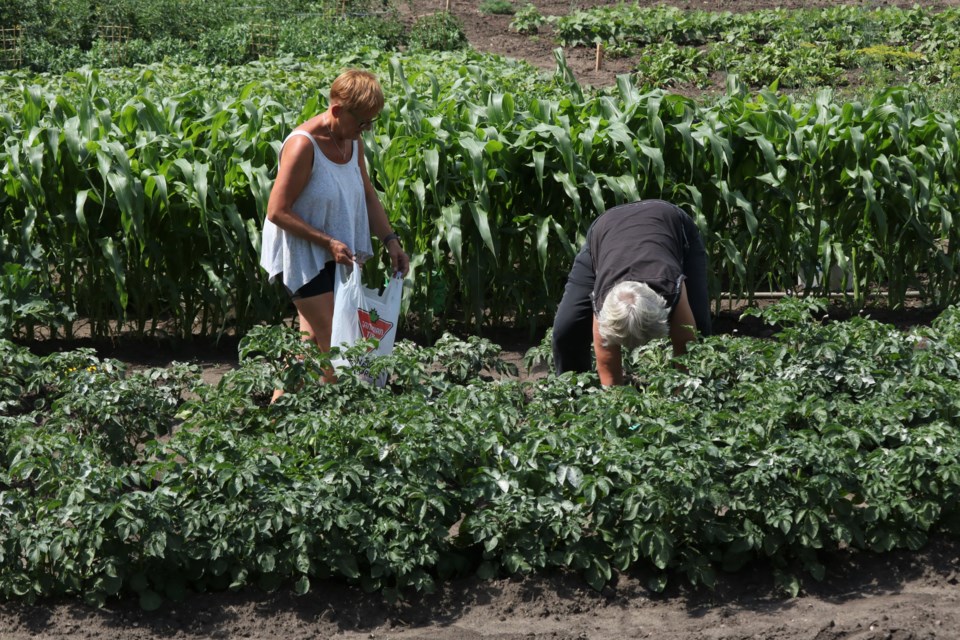YORKTON - Let’s make some tea and maybe a toasted tomato sandwich. Why do I mention that specifically? For many gardeners, this past summer seemed to bring a lot of challenges with tomatoes, so since I was doing a lot of tomato homework, I wanted to share it with you.
Mom had the full set of the American Horticultural Society Encyclopedia of Gardening sitting on her desk, and she would refer to the books frequently. I can still see her sitting at the kitchen table, sipping a cup of tea, and all excited to say, “Let me tell you what I just read!”
So as I share this with you, I have her “Tomatoes” volume on the kitchen table in front of me, so let me tell you what I just read!
Heat and little rain and tomato issues combined this year to give gardeners something to talk about! So let’s talk about just a few of the more common problems.
Blossom-end rot can happen at any stage of development with our tomatoes, and the usual cause is a change in the amount of moisture that the plant receives. If the plant has been dry, and it has been hot, and suddenly we give the plant a lot of water, blossom end rot could result. The problem will also appear is the soil is lacking calcium.
We talked recently about cat-facing, and one solution to this is a very obvious one: choose tomato varieties that have smaller fruit, because cat-facing is common in the large-fruited tomatoes.
Some gardeners told me that they had fruit cracks. I read that cracks, whether radial (from top to bottom) or concentric (around the top of the tomato) can happen when the plants pull in a lot of water too quickly, like when the weather is hot, making the fruit swell and crack. If we try to water evenly and consistently, we might ease the problem.
Anthracnose is the problem when we see a dark, round, soft circle at the bottom of the tomato. This is the result of a fungus called colletotrichum phomoides. This is a fungus is heat-loving, and if the fungus is present and gardeners are watering their plants from the top, the fungus thinks there’s a party going on and decides to stay! Mom used to cringe when she saw one of her gardening friends placidly watering her tomatoes with a watering can; that’s a bad plant-practice, one that encourages problems. Always water tomatoes at ground level.
Blight is bad, bad, bad. When we see spotty leaves turning yellow and falling off our tomato plants, the culprit is like a fungus called alternaria solani. The fungus can survive our winters, and if we had blight this year, chances are we will have it next year, too. So if we have blight, we should plant our tomatoes and peppers in a different spot next year.
The problem of bacterial cankers is very serious, too. Our tomatoes will look as though they have spotty freckles, but they really have a bacteria that can be brought in easily with an infected plant. You may have heard of this one because once the bacteria gets in the soil, it can land on the plants when rain falls and the plants get a bit muddy. And the plants can become infected. The outcome of this problem is that we should destroy the plants, and then not plant tomatoes in the same spot again for three years.
Fusarium wilt attacks the vascular system of the plant, and again, the answer is to practice crop rotation. Now is the time to read up on these things, and if we had tomato troubles this year, we can plan our planting space accordingly for next year.
Thank you to YTW for their great work. Gardeners, visit the hort society at . and have a good week! Happy anniversary, Keith!





